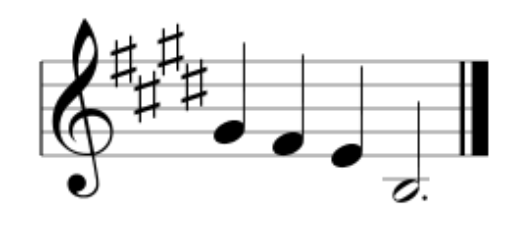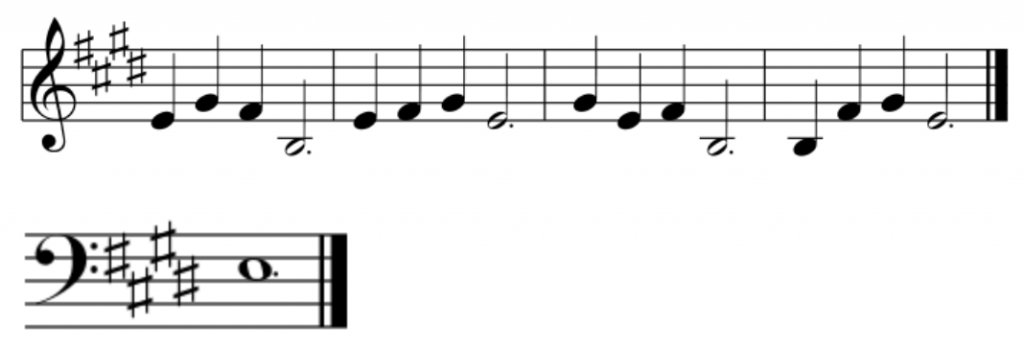The Seth Thomas Tower Clock was built to strike bells when it was made in 1929. But the bells were never bought, so the striking mechanism was never fully assembled or operated. In the current restoration, we are now running the complete striking mechanism on replicas of the bells that would have been used. Real bells would cost hundreds of thousands of dollars and they would deafen the tourists on the observation deck. Since these Styrofoam bells covered with fiberglass and painted to look like bronze make no sound, an electronic system was designed and built by our volunteer electronics expert, Bryan Mumford, to play the bell sounds
Previously, the Santa Barbara Courthouse tower emitted an electronic sound that ran independently of the clock. The Westminster chimes ran on a quartz clock; it was not uncommon for the striking sound to be out of sync with the clock hands. For the restored clock and bells electronic circuits were created by Bryan that play digital recordings of real bells. The circuits are triggered by the motions of the actual clock hammers as they fall and approach, within a millimeter, the bell replicas.
Bryan added a sensor to the clock, through which the pendulum swings, breaking an invisible light beam. This device, in conjunction with a MicroSet Clock Timer (which Bryan makes and donated to the gallery) records the clock’s accuracy to a millionth of a second. This data is then displayed in the gallery on a monitor screen and on the internet for the public to see from anywhere in the world.
He programmed these individual bell recordings into five electronic circuits that play the sound files when triggered by a magnetic sensor mounted on the strike and chime levers of the clock.
The Westminster Melody of the Bells Explained
Each of the bells are tuned to sound one note when struck. Five different permutations of four pitches in the key of e major are used: b, e4, f♯, g♯
- g♯4, f♯4, e4, b3
- e4, g♯4, f♯4, b3
- e4, f♯4, g♯4, e4
- g♯4, e4, f♯4, b3
- b3, f♯4, g♯4, e4
The numbers following the notes refer to the musical octave of each note. B3 is note B in the third octave. This allows one to know, for example, that b3 is a lower pitch than e4.
Recordings of the Bells
Recording of the Courthouse Clock Striking 3 o’clock
First Quarter (1)

Half Hour (2) (3)

Third Quarter (4) (5) (1)

Full Hour (2) (3) (4) (5) & Big Ben



